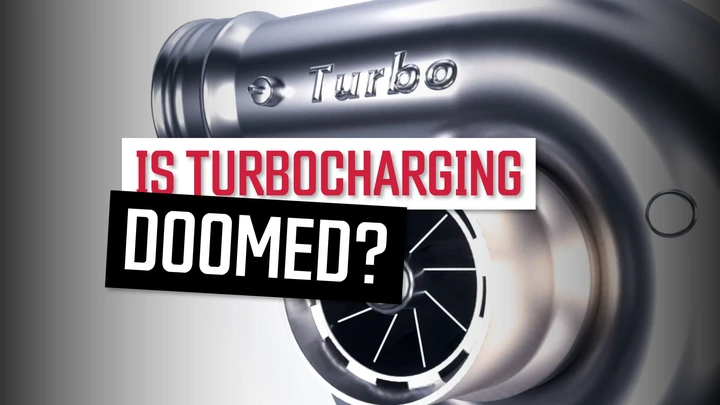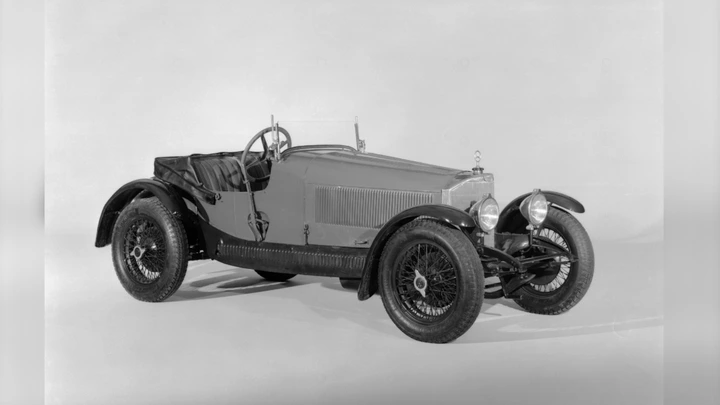Turbocharging vs. Supercharging: Which Forced Induction Method is Superior?

View pictures in App save up to 80% data.
Fast Access
Forced induction is extremely commonplace in today’s automotive world, as a means of squeezing more power out of smaller engines in the era of downsizing. When we think of forced induction in the modern era, turbocharging is the method that most frequently comes to mind, being favored by automakers due to its numerous advantages. However, supercharging is a slightly older method of forced induction that, although now rare, is still in use today.

View pictures in App save up to 80% data.
Hybrid drive systems have become a standard feature in the fleets of luxury manufacturers as well as in regular passenger vehicle brands.
Both turbocharging and supercharging were created during a similar historical period, yet they gained traction in distinct decades, with turbocharging quickly taking the lead. This article provides a summary of the mechanics behind turbocharging and supercharging, the historical journey that led to their development, and an analysis of which technology is currently prevailing in the automotive industry.
This analysis aims to objectively assess which of the two technologies is more likely to succeed, rather than presenting a subjective viewpoint.
A Concise Overview of Forced Induction History
The history of forced induction actually predates the car itself. In the 19th century, engineers began to design devices that could shift air in furnaces and industrial machinery: this was the root of what would eventually become the supercharger. Towards the end of the century, superchargers used to boost engines' performance began to appear, and the automotive applications of the supercharger became apparent. The development of forced induction accelerated in the 1920s, when several supercharged models, including the legendary "Bentley Blower" were introduced.
Around this period, the development of turbocharging was underway, although it wouldn't find its way into production vehicles until significantly later. In its formative years, the turbocharger was often viewed as a type of supercharger, with its initial designation being “turbosupercharger.” Similar to supercharging, turbocharging initially emerged in various engineering fields before transitioning into the automotive sector, with its first uses being in railways, industry, and aviation.

View pictures in App save up to 80% data.
Include CarBuzz in your Google News updates.
In 1962, the automotive industry made a leap forward with the introduction of the first turbocharger on a commercially available car. The car in question was the short-lived Oldsmobile Jetfire, a special variant of the Cutlass which used a special cooling fluid to keep its turbocharger’s temperature within normal operating range. The Jetfire, however, turned out to be slightly ahead of its time: reception from the public was lukewarm, and the model only remained on the market for one more year before being discontinued.

View pictures in App save up to 80% data.
This now-obsolete brand played a significant role in advancing automotive technology. Join us as we delve into 10 of its groundbreaking contributions.
Superchargers continued to be the most popular form of forced induction until the 1980s, when turbocharging finally won over the public thanks to technological improvements and better reliability. Over the course of the next forty years, turbocharging became more and more common, boosting the power output of smaller engines and bringing their performance in line with larger ones in the era of eco-consciousness and downsizing. Supercharging stuck around, but gradually fell out of favor, and today only a handful of models equipped with superchargers remain on the market.

View pictures in App save up to 80% data.
Although turbocharging has been in use for about 50 years, superchargers have been a part of automobiles for more than twice that duration.
What is the Process Behind Supercharging?
Superchargers operate as a type of forced induction that harnesses engine power to propel air through the system. Typically, they are linked to the engine's crankshaft via a belt and pulley mechanism, which spins and generates boost pressure. This direct connection ensures that the power enhancement is immediate and seamless, exhibiting a linear increase that corresponds with the eng